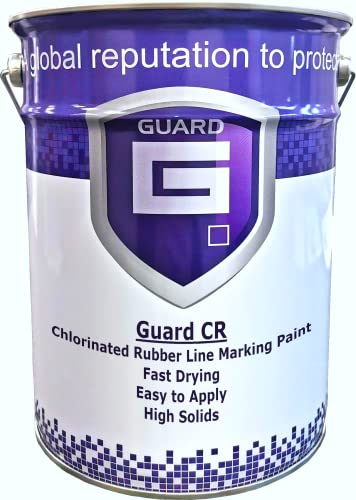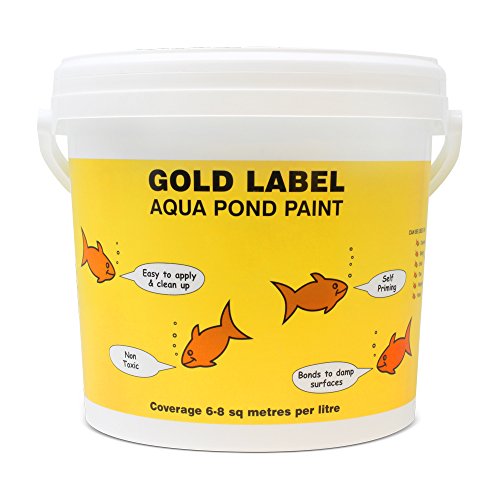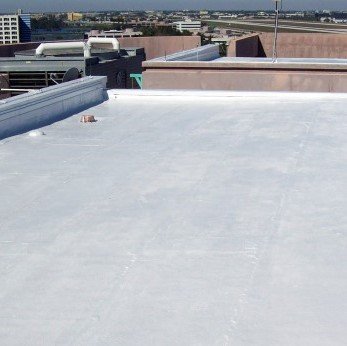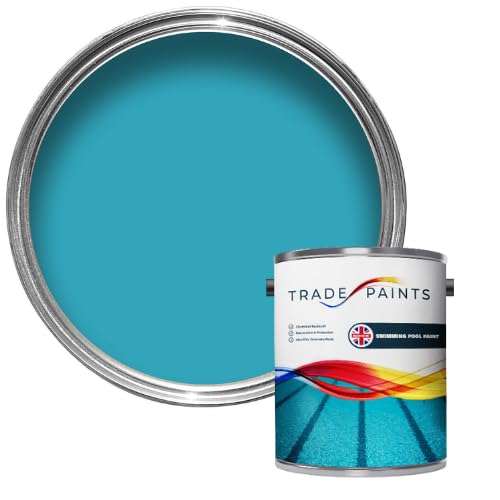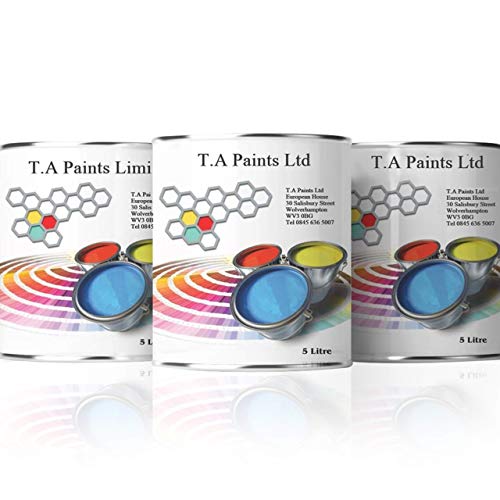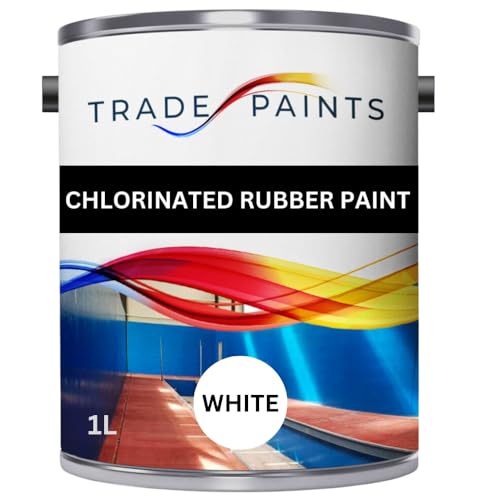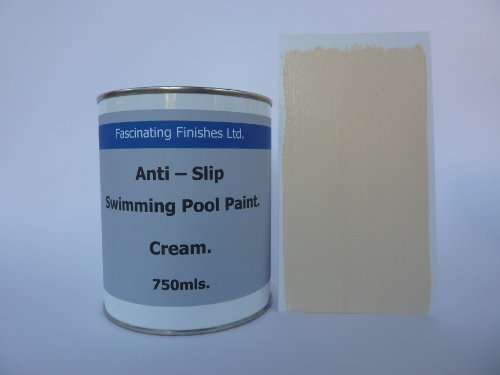Understanding Swimming Pool Paint: What You Need to Know
Introduction to Swimming Pool Paint
When it comes to keeping your swimming pool looking great, the right paint makes a significant difference. Swimming pool paint is specially formulated to withstand harsh chemicals, UV rays, and the wear and tear of water. Understanding the basic types and their properties helps us make more informed choices about maintenance and aesthetics.
Why Paint Your Pool?
We often wonder why we should bother painting our pools. A fresh coat of paint not only enhances the appearance of your swimming pool but also protects the underlying surfaces from damage and prolongs their lifespan. If we neglect this aspect, we might face more expensive repairs down the line.
Types of Swimming Pool Paint: Choosing the Right One for Your Needs
Acrylic Paint
Acrylic paint is popular for its easy application and quick drying time. It bonds well to various surfaces and is resistant to algae, making it an excellent choice for most pool owners. This type is suitable for both concrete and plaster pool interiors, offering vibrant colours that can transform your space.
Epoxy Paint
If we are looking for durability, epoxy paint is the way to go. It creates a hard, resilient surface that resists chemicals and abrasions, making it ideal for areas with heavy use. Though it requires a more complex application process, the long-lasting finish is often worth the extra effort.
Rubber-based Paint
Rubber-based paint is another option, known for its flexibility and high water resistance. This type works best on concrete surfaces and can expand and contract with temperature changes, which helps to prevent cracking. We should consider this if our pool sees extreme temperature fluctuations.
Application Tips for Swimming Pool Paint: A Step-by-Step Guide
Preparing the Surface
Before applying any paint, we need to ensure the pool surface is clean and devoid of any contaminants. Start by draining the pool and scraping off any old paint. This preparation is crucial, as it allows the new paint to adhere properly.
Choosing the Right Conditions for Painting
Timing is everything when painting a pool. We should aim for a dry day without high humidity, as this will allow the paint to cure properly. Morning or late afternoon works best, avoiding direct sunlight which can dry the paint too quickly.
Applying the Paint
Using a roller or spray gun allows for a smooth and even application of paint. We recommend starting from the deep end of the pool and moving towards the shallow end. Applying two coats often provides better coverage and durability.
Maintenance for Longevity: How to Care for Your Pool Paint
Routine Cleaning
To keep our pool paint in top condition, regular maintenance is essential. This includes brushing the pool surface and vacuuming debris to prevent any build-up that could damage the paint.
Wearing and Tearing Awareness
We should keep an eye out for signs of wear, such as fading colours or peeling edges. These might indicate that touch-ups are needed to prolong the paint’s life.
Algae Prevention
Preventing algae growth is crucial. Regularly checking and maintaining proper chemical levels in our pool water helps safeguard the paint and ensures a clean swimming environment.
Budgeting for Your Pool Project: Cost Analysis and Recommendations
Understanding Costs for Paint and Supplies
When budgeting for pool painting, we should account for the cost of paint, tools, and preparatory supplies. The price of paint can vary widely based on type and brand, so it’s wise to compare options to find what fits our budget.
Considering Professional Help vs. DIY
While a DIY approach may save money, hiring professionals can ensure a higher quality finish and save us potential headaches. If we choose to go the DIY route, estimating the time and effort required is vital to avoid overextending our resources.
Long-term Investment
When assessing costs, we must consider the longevity and protection that good quality paint provides. Investing in higher quality paint may lead to reduced maintenance costs down the line, proving to be more economical in the long run.


